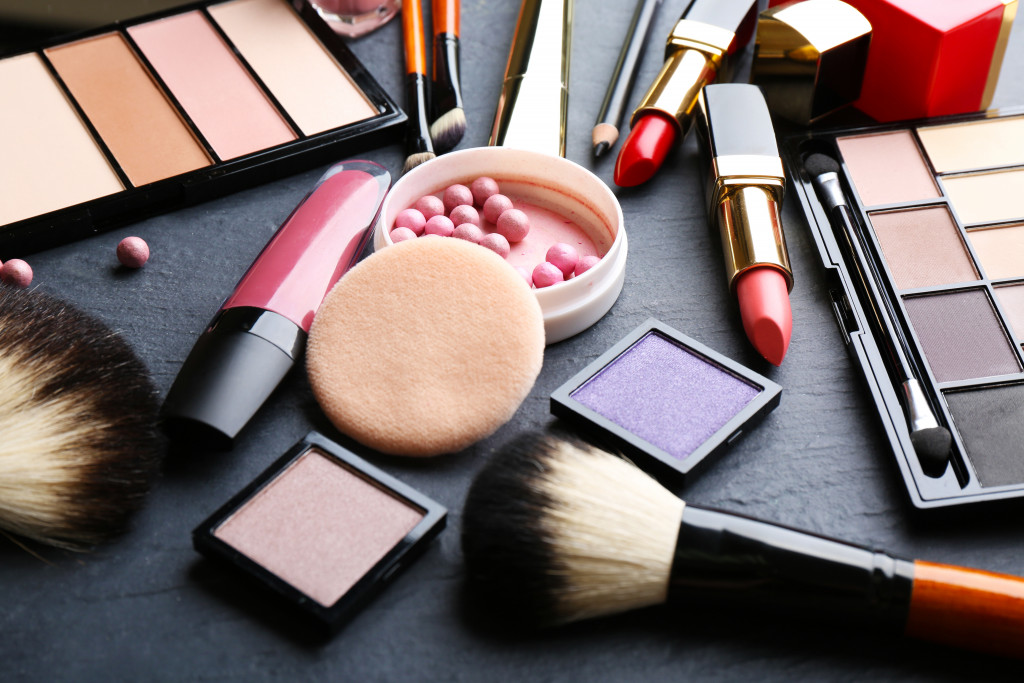It is essential to consider the many different marketing strategies available to you to reach your target market as a beauty brand. You can choose from various options, each with its own advantages and disadvantages. This article will explore some of the most popular marketing strategies used by beauty brands and discuss the benefits and drawbacks of each. Read on to learn more!
1. Social Media Marketing
There’s no doubt that social media marketing can be a powerful tool for beauty brands. It allows them to connect with their customers and create a community around their products. It also allows brands to show their personality and build trust with potential customers.
Many beauty brands have successfully used social media to connect with their customers. For example, many makeup brands have built a large following on Instagram by posting beautiful pictures of their products and sharing tips on using them. Different brands will use different strategies on social media, but the goal is always to connect with customers and create a positive association with the brand.
However, there are also some potential drawbacks to consider. One is that social media can be a very noisy platform, and it can be challenging to cut through the clutter. Another is that customers are increasingly savvy about marketing, and they may see right through any attempts to manipulate them. Finally, social media marketing requires a constant investment of time and resources, and there’s no guarantee of success.
2. Sponsorship Deals
In recent years, we have seen a growing trend of beauty brands teaming up with celebrities, influencers, and other high-profile figures to promote their products. This seems like a win-win situation: the brand gets more exposure, while the celebrity or influencer can earn some extra money.
However, there are some potential drawbacks to this ambassador marketing arrangement that beauty brands should consider before entering into any deals. Celebrities and influencers often have very different values from the brands they endorse. It can lead to mismatched messaging and make it difficult for the brand to control its image.
Additionally, if a celebrity or influencer behaves controversially or offensively, this can reflect poorly on the brand and damage its reputation. These deals can be pretty expensive, and there is no guarantee that they will be successful in increasing sales or awareness.
Overall, sponsoring high-profile figures can be a risky proposition for beauty brands, but it can also be a valuable marketing tool if done carefully.
3. Traditional Advertising
Traditional advertising, such as print ads, TV commercials, and radio spots, can be a great way to reach a broad audience with your marketing message. It can also be very effective in creating brand awareness and recall. Many beauty brands have found success with traditional advertising, particularly in the early stages of their growth.
However, brands may find that traditional advertising is less effective in today’s media landscape. Consumers are becoming pickier about the advertising they see and hear, and they are increasingly using ad-blocking software. Traditional advertising can be costly, and there is no guarantee of success.
Beauty brands that want to use traditional advertising should carefully consider the cost and the potential reach of their campaigns before deciding to proceed.
4. Digital Marketing
One of the most popular digital marketing techniques is search engine optimization (SEO), which helps to ensure that a brand’s website appears near the top of search results. It can be an extremely effective way to attract potential customers, as they are more likely to click on a website that appears at the top of the search results. However, SEO can also be very expensive and time-consuming, making it difficult for small beauty brands to compete.
Another digital marketing technique is pay-per-click (PPC) advertising, allowing brands to place ads on popular websites. PPC can be a great way to reach a large audience. Still, it can also be costly. It is essential to carefully target ads to avoid wasting money on impressions from people who are unlikely to be interested in the product.
Email marketing is another digital marketing tool that beauty brands can use to reach potential customers. Email marketing allows brands to send newsletters, coupons, and other promotional materials directly to consumers’ inboxes. This can effectively drive traffic to a website or promote a new product, but it is essential to ensure that emails are well-written and relevant to the recipient.
Beauty brands can employ different marketing strategies depending on the resources available to them and their marketing campaign goals. Traditional advertising, digital marketing, and sponsoring high-profile figures are all possible options, but each has advantages and disadvantages. Ultimately, the best marketing strategy is the one that best meets the needs of the brand.
Always test and measure the results of your campaigns before making any decisions. Try different strategies and see what works best for your brand. And don’t be afraid to experiment; the beauty industry is constantly changing, and what works today might not work tomorrow. So always be prepared to adapt your marketing strategy to stay competitive.





